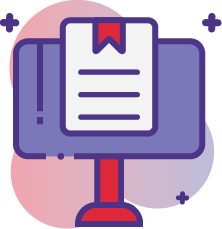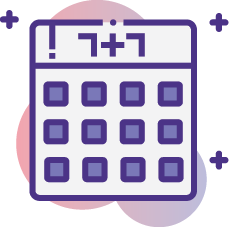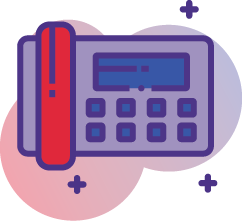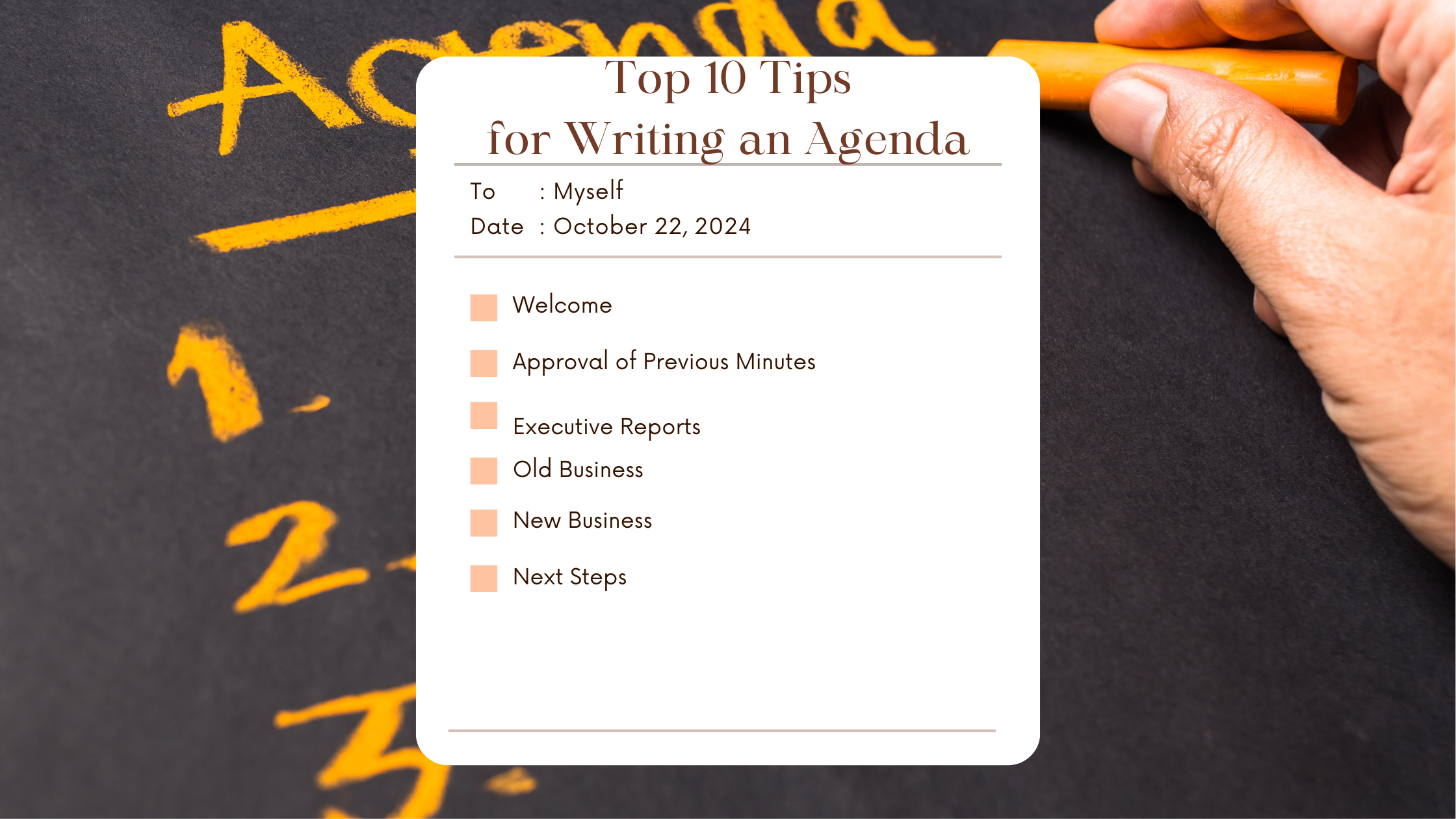When it comes to complaining about wasted time at work, meetings are one of the biggest offenders. We spend too much unnecessary and unproductive time in meetings, the meetings aren’t organized or structured, and people don’t come prepared for them when invited! Sound familiar?
Your secret weapon for good meetings? A good agenda! A good agenda is a foundation for a good meeting. If we create clear, effective, and actionable agendas, we can ensure the meetings are more productive and a better use of time.
Look at your agenda as a roadmap for the meeting. It sets the tone, ensures that people come to the meeting prepared, and manages time well. Without an agenda, it is easy to end up in chaos without clarity about why we are meeting or how we should manage our time.
To ensure your agenda gives you clarity and avoids chaos, follow the following rules.
- Start with Purpose: Why Are We Meeting?
It may not be your choice or authority to schedule meetings, but now that one has been scheduled, we need to know why the meeting was scheduled. What is the purpose of the meeting, and what items will we address?
Meetings have different purposes. Are we looking for updates, making decisions, brainstorming, or strategizing future actions? Once we know the purpose of the meeting, we can design an agenda that will complement that.
For example, a meeting focused on decision-making may need more detailed background materials circulated in advance, while a brainstorming session might allow for more flexibility in the order of topics and timing. Suppose we have a combination meeting where we are making decisions as well as receiving updates. In that case, we may want to put all the decisions at the beginning of the meeting in case we lose attendees as the meeting progresses.
- Agenda Necessities
Before putting anything on paper, consult with key stakeholders. This might include the board chair, executives, or anyone presenting at the meeting.
Ask them:
– What topics must be covered?
– Are there any time-sensitive issues?
– How much time will they need to present their points or get feedback?
– What is the expectation for this item? Are we making a decision, sharing information, or brainstorming/discussing? My experience is that if everyone knows what the expectation is for each item, they know how to participate.
Bill is a member of my speaking association (not his real name). When we have our AGM, Bill feels it is his role to debate or brainstorm better ideas for every issue brought forward. Our annual general meeting is often reporting only, yet Bill is unclear about his role and thinks he should be challenging or brainstorming solutions.
For example, when we have the finance report, it is designed to be a report back to the members, and we will approve what has been done. It’s one of those procedural pieces of an AGM. Bill feels that he should be making suggestions on how they could have saved money or done things more efficiently, and, as you can imagine, destroys the timing allotted for the meeting. The board of directors isn’t looking for this kind of feedback, and although they do their best to limit him, he is contributing in a way the board doesn’t want at the AGM.
If the agenda indicated which items were for discussion, decision, brainstorming, input, etc., it would help people understand the expectations.
Budget Report – Gail – for approval – 10 mins
That may or may not stop Bill from feeling it is his role to make corrective suggestions, but it would be clear to everyone else that this is a quick approval item on the agenda. If we wanted membership input, it might look like this:
Budget Approval – Gail – feedback and approval – 20 mins
- Build the Framework: Start with the Basics
Once you’re ready to draft the agenda, structure it thoughtfully. Most board meeting agendas follow a standard format, but there’s always room to tailor it to the meeting’s goals.
Here’s a tried-and-true structure to start with:
- Welcome and Call to Order: A brief welcome from the chairperson, setting the stage for the meeting.
- Approval of Previous Minutes: This is standard protocol but essential for senior meetings. Ensure board members have received and reviewed the minutes of the previous meeting in advance.
- Executive Reports: This section typically includes updates from the CEO, CFO, or other executives. Include who will be presenting, the item’s purpose (approval, for your information, etc.), and approximate time allotments.
- Old Business/Follow-up: Address any items left unresolved from previous meetings.
- New Business: This is where the decision-making or brainstorming happens. While we often know what the new business will be because we’ve consulted with the board chair, many groups also leave time on the agenda for things that haven’t been scheduled.
- Closing and Next Steps: Summarize the key takeaways, assign action items, and confirm the next meeting date.
- Keep It Concise, But Informative
The agenda is not the place for long paragraphs of information. Think of it as a snapshot of the meeting plan. You want enough detail so everyone knows what to expect, but not so much that they’re overwhelmed before the meeting starts.
For example, under “New Business,” instead of writing:
Discussion on the budget concerns for the upcoming fiscal year and determining strategies for managing the shortfall. This will include reviewing recent department reports and deciding on cuts or reallocations.
Try something like:
Budget Concerns for FY25 – Jackie – 20 mins
– Review departmental reports
– Discuss strategies for managing the shortfall
– Decision on cuts/reallocations
This gives board members a clear picture of what to expect without bogging them down with unnecessary details.
- Time Management is Key
No one likes a board meeting that drags on endlessly or extends past the time allotted. Assigning time slots to agenda items is one of the best ways to prevent this. While it’s tough to predict exact timings, providing estimates helps to keep things on track.
Here’s a trick: overestimate the time needed for contentious or complex topics and underestimate routine matters so they can move quickly. Everyone will appreciate the extra buffer time if the discussion goes quicker than expected. But if it runs over, you won’t be derailing the rest of the meeting.
For example:
Executive Reports – Warren – for your information – 15 mins
Old Business: Update on Marketing Strategy – Liz – for your approval – 10 mins
New Business: FY25 Budget Concerns – discussion and brainstorming – Jackie – 20 mins
Open Q&A – All – discussion – 10 mins
When things are clearly timed out, with the expectations for everyone clear, it’s easier for everyone to stay focused.
- Assign Responsibility
You’ll notice I’ve also included who is leading that item on the agenda. Too often, I’ve been to meetings where someone didn’t realize they were on the agenda and came to the meeting unprepared, which is a waste of time for everyone. By putting names clearly on the agenda, it is their Responsibility to see their items and time allotment.
For instance, if had put:
New Business: FY25 Budget Concerns – 20 minutes
Then Jackie might not have realized that it was her concerns we were discussing. I’ve been in a situation where she hasn’t come prepared for the meeting, saying, “I didn’t realize they were my concerns we were talking about. I thought they were everyone’s. I would have come more prepared if I had known it was mine.” And just like that, it is your fault they didn’t prepare. When her name is clearly on the document, she will learn quickly to check it over before the meeting.
- Attach Any Relevant Documents
A great agenda doesn’t stand alone; it works hand-in-hand with the necessary background documents. Make sure everyone has everything they need in advance—whether it’s financial reports, project updates, or proposals for review.
Pro tip: Label your documents clearly and reference them in the agenda.
New Business: FY25 Budget Concerns (See attached budget report) – discussion and brainstorming – Jackie – 20 mins
This ensures board members come prepared and cuts down on unnecessary clarifications during the meeting.
- Build in Flexibility
While it’s important to stick to the agenda as much as possible, meetings are rarely predictable. It’s okay to allow room for slight detours or extended discussions if they’re valuable. Keep an eye on the clock and gently nudge the group back on track if needed.
One way to do this is to build a “buffer” section at the end of the agenda. You might label it “Other Business” or “Open Discussion.” This way, if a critical issue isn’t on the original agenda, there’s space to address it without disrupting the flow.
- Communicate Before, During, and After
Once your agenda is ready, send it out in advance, giving everyone time to review and come prepared. Aim to circulate it at least a week before the meeting, along with any supporting documents.
- Assign Roles
Many groups assign timekeepers during meetings to ensure the meeting doesn’t get too far off the schedule. This should be an attendee rather than the board chair or the minute taker. The group can decide how to enforce the timing, when they will be flexible, or when they will tell a member they are taking the meeting off-topic or on an unnecessary tangent.
If we had a timekeeper for my association’s meetings, they could interrupt Bill and say, “Bill, this agenda item has enough time only for review and approval. While your suggestions are valuable, this is not the time to discuss them.”
At its core, an agenda is a tool to help board members make better decisions, stay organized, and respect each other’s time.
Whether it’s your first board meeting or your hundredth, each agenda you craft is an opportunity to showcase your organizational skills and attention to detail. It may seem small, but these details keep everything running like clockwork!
This article was written by Rhonda Scharf and not by artificial intelligence.










